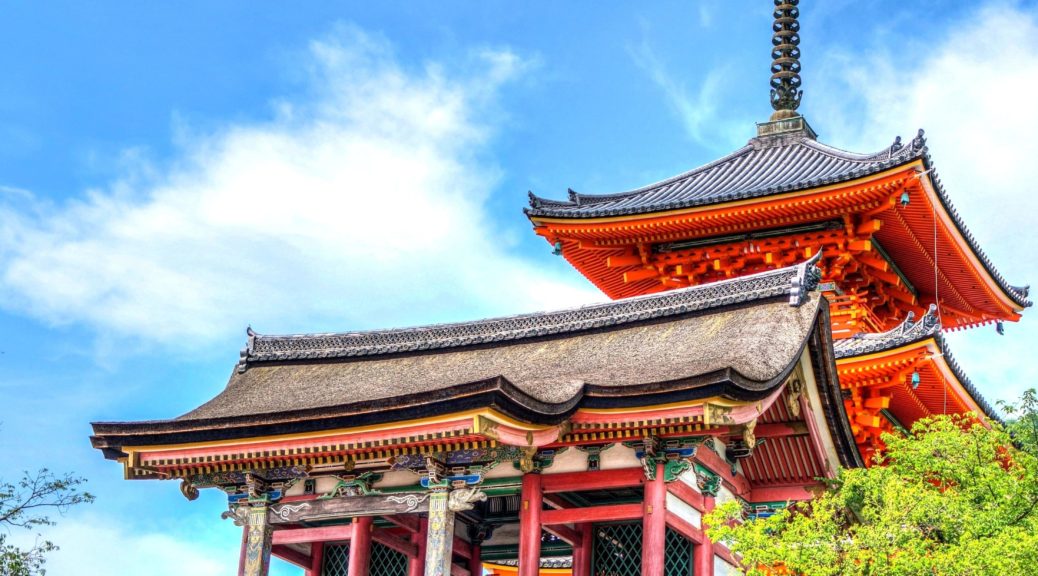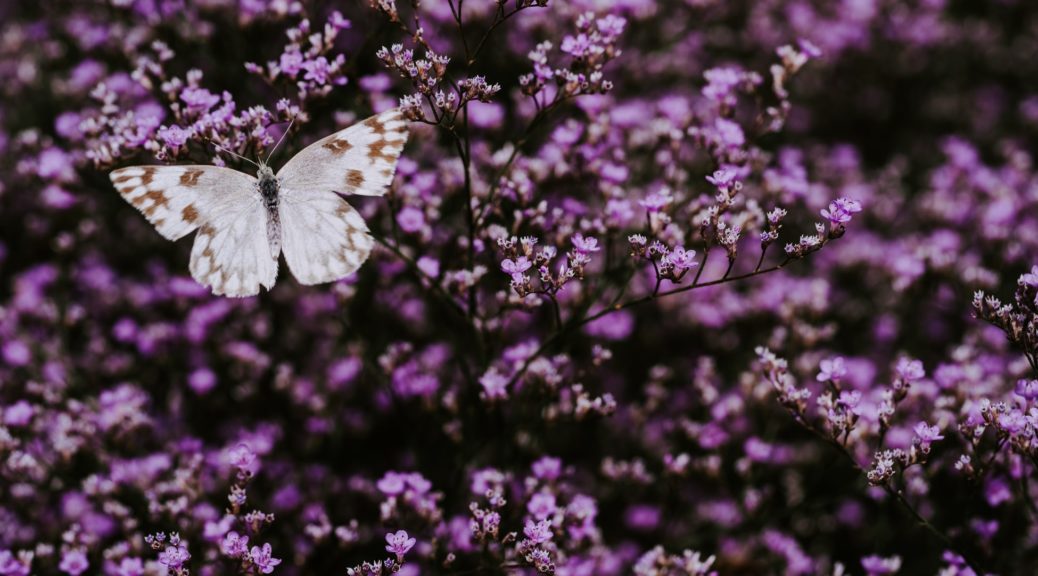By Cody Uyeda
As a fourth generation Japanese American, one of the most common questions I get from others is whether I can speak Japanese. However, aside from some basic vocabulary and simple phrases, I’m always forced to admit that I can’t. Growing up in a predominantly non-Asian neighborhood, this lack of linguistic ability rarely posed much of a problem. In fact, it wasn’t until college that I even thought about the fact that I couldn’t speak Japanese.
As a native English speaker, natural-born fluency is both a blessing and a curse. Because English is the standard form of international communication across the world, fluency in it opens doors that no other language can. However, this advantage also lulls one into a false sense of complacency. When the world caters to your language, there is often little incentive to see the value in others.
In undergrad I began taking classes in Japanese to fulfill my major requirements. However, I never felt that I truly understood the language. Whenever I found myself confused or lost, I knew I could retreat to the safety of English, covering up my embarrassment with nervous laughter and offhand comments. In short, I wasn’t really learning; I was picking up words and phrases, sure, but I was relying too heavily on having the safety of English at arm’s reach, knowing that when the professor dismissed me, I could simply leave my foreign language learning anxiety behind.
I might have gone through college never knowing any other perspective, but what changed my understanding was when I decided to study abroad in Japan the summer of my junior year. As my plane touched down that gray, cloudy morning at Narita Airport, I walked out of the terminal full of expectations, the biggest of which was the expectation of being accepted. As someone who is ethnically Japanese, I expected to feel at home among the people of my ancestral country. However, it was not the homecoming I had imagined.
Within minutes, I realized just how lost I was. For the first time in my life, I couldn’t read the signs around me. I couldn’t understand anyone on the street. I couldn’t even write down what I wanted to say. With barely a rudimentary understanding of Japanese, rather than feeling accepted, I felt like I didn’t belong.
Throughout my time in Japan, there were many instances where I would walk out of a store and feel like crying because I felt so stupid; a faker with a Japanese face but no words to match. In the middle of Tokyo, I was surrounded by people, yet I had never felt more alone. There were nights where I would wander the neon-lit streets, wondering what I was doing here when I was so illiterate that I could barely get by on the subway, much less ask anyone for directions or figure out where the nearest bathroom was.
This isn’t to say my time in Japan was unenjoyable. On the contrary, it was one of the most enjoyable experiences of my college career. Nevertheless, when I landed back in LA, I returned with a newfound respect for other languages. I realized that in order to fully appreciate Japanese, I needed to let go of my English language crutch, and feel the full discomfort in just how much I didn’t understand. I was forced to confront the weaknesses in my own learning, and appreciate the amount of privilege I had as a native English speaker attending a school where so many others lacked the fluency I took for granted. As I continue to explore Japanese, as well as other languages, I am reminded to be patient and humble; that the dissonance and discomfort of not understanding is not a detriment; and that appreciating the beauty and complexity of a language is only possible when you put aside your fears and step out of your comfort zone.
Featured image by Xuan Nguyen on Unsplash
Cody is a second year JD student at USC’s Gould School of Law. He is originally from Orange County, CA, and also completed his undergraduate degree in English and Communication at USC. On campus, Cody has been involved in a number of organizations, from Greek life to the Trojan Marching Band, and in his free time enjoys reading, writing, and exploring LA. As someone who has also studied foreign languages (Japanese & Korean), Cody understands the challenges of learning another language, and as such, has the patience and diligence to help others practice and improve their English skills.





